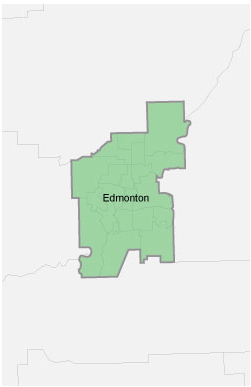Alberta's Occupational Health and Safety (OHS) legislation requires employers to conduct hazard assessments on work sites. If the hazards identified can't be eliminated, the employer must put controls in place to protect their workers.
A hazard assessment prompts everyone on the site to be mindful to take precautions around dangers they could encounter while working.
For more detailed information about identifying hazards, roles and responsibilities and the Occupational Health & Safety Act, check out the Hazard Assessment and Control Handbook.
Formal hazard assessment
Formal hazard assessments identify and evaluate occupational health and safety hazards, and identify the controls used to mitigate those hazards. This assessment looks at the way the organization operates. Hazard assessments must be reviewed and updated on a regular basis to ensure that existing controls are effective. It's a good idea to involve the whole crew to ensure the assessment reflects a variety of roles and perspectives.
Field-level hazard assessments
A field-level hazard assessment is site specific. The employee in charge at the site will ensure a safe work plan considers locates on underground utilities and proximity to overhead power lines. All employees on site must assist in hazard identification and mitigation.
Hazard assessment happens every day at every work site. If required, employees should stop the work and revise the safe work plan by identifying controls for newly identified hazards. If your switch worksites during the day complete another assessment or if you're joining work already under way, review the one completed by the crew you are joining.











